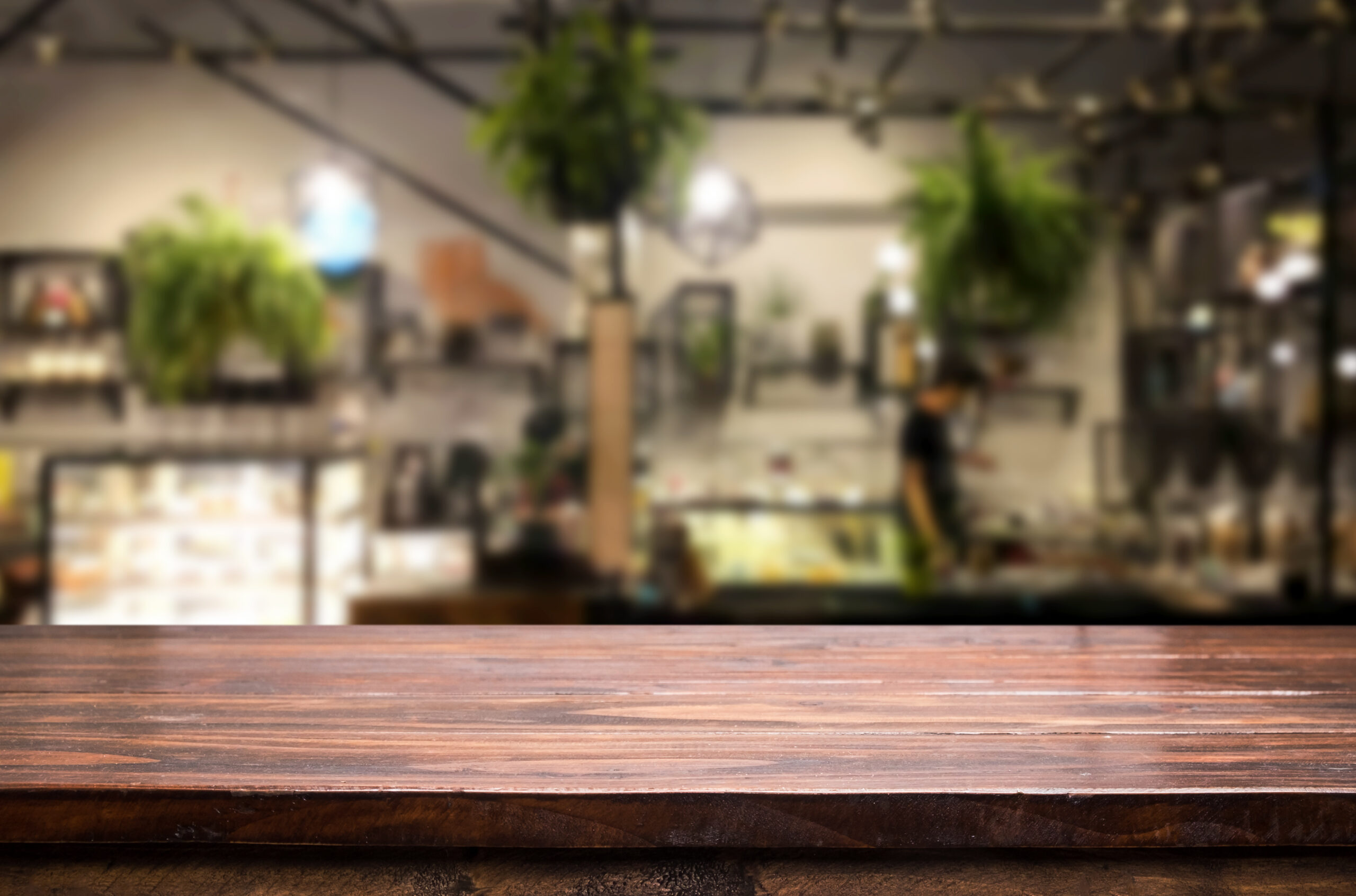How to Blur Background on Photo
By Paul
Published June 14, 2023
 How to Blur Background on Photo
How to Blur Background on Photo
In the world of photography, the focus is king. Where your viewers' eyes go, how they interpret a shot, and the feelings a photo evokes are heavily influenced by what is and isn't in focus. One popular technique that many photographers and graphic designers use to control this narrative is to blur the background of their shots. A blurred background, or 'bokeh', helps highlight the subject of the photo, adding depth and sophistication to the image.
From professional DSLR cameras to our handy smartphone cameras, and even post-production software, there are many tools and techniques we can use to achieve this effect. This article will take a deep dive into how to blur the background of a photo, providing you with a wide range of options that cater to all levels of expertise.
Understanding the Concept of Depth of Field
Before delving into the various ways you can blur the background of a photo, it's important to understand the concept of 'Depth of Field'. Depth of Field (DOF) refers to the area in your photo that maintains sharp focus. A shallow depth of field has a small area in focus, often used to blur backgrounds and foregrounds, placing emphasis on a specific subject. On the contrary, a deep depth of field keeps a larger area in focus, typically used in landscape photography.
Blurring Background in-Camera
1. Using a Wide Aperture
The aperture of your camera determines how much light is let into the sensor and plays a significant role in controlling the depth of field. To achieve a blurred background, you need to set your aperture to a lower f-stop number (wide aperture).
2. Increase the Distance Between the Subject and the Background
Another way to achieve a blurred background is by increasing the distance between your subject and the background. This method is especially useful if you're using a smartphone or a point-and-shoot camera that does not allow manual control over the aperture.
3. Using Portrait Mode on Smartphones
Most modern smartphones come equipped with a 'Portrait Mode' that artificially creates a blurred background. This effect is achieved using dual-lens camera systems or sophisticated software algorithms that separate the subject from the background.
Blurring Background Post-Production
If you couldn't manage to achieve a blurred background while shooting, or you want to enhance the blur effect, you can always turn to post-production software.
1. Using Adobe Photoshop
Photoshop offers various tools and techniques to blur the background, such as the 'Lens Blur' function or using the 'Field Blur' tool in the 'Blur Gallery'.
2. Using Adobe Lightroom
In Lightroom, you can use the 'Adjustment Brush' tool to paint the areas you want to blur, then decrease the 'Sharpness' and 'Clarity' sliders.
3. Using Mobile Apps
There are also numerous mobile applications like Snapseed and AfterFocus that allow you to blur the background of your photos directly on your smartphone.
Conclusion
Blurring the background of a photo is a versatile and powerful technique that can significantly enhance your images by drawing attention to your subject. Whether you're using a high-end DSLR, a compact point-and-shoot, or the smartphone in your pocket, there are many ways to achieve this effect. With the right tools, techniques, and a bit of practice, you'll soon be blurring backgrounds like a pro.
FAQs
Can I blur the background of a photo after it's been taken?
Yes, you can use post-production software like Adobe Photoshop, Lightroom, or various mobile apps to blur the background after the photo has been taken.
Does a wider aperture always result in a better blur?
While a wider aperture does create a more pronounced blur, it also reduces the area in focus. Depending on your composition, you may need to strike a balance to keep the entire subject in focus.
Can all smartphones blur the background in photos?
Most modern smartphones come with a 'Portrait Mode' that can effectively blur the background. However, older or entry-level smartphones might not have this feature.
What's the difference between optical blur and digital blur?
Optical blur is created in-camera using aperture and distance techniques. Digital blur is added in post-production using software.
Can I decide the areas to blur using post-production software?
Yes, most post-production software allows you to selectively apply blur, giving you control over which areas to keep in focus and which to blur.